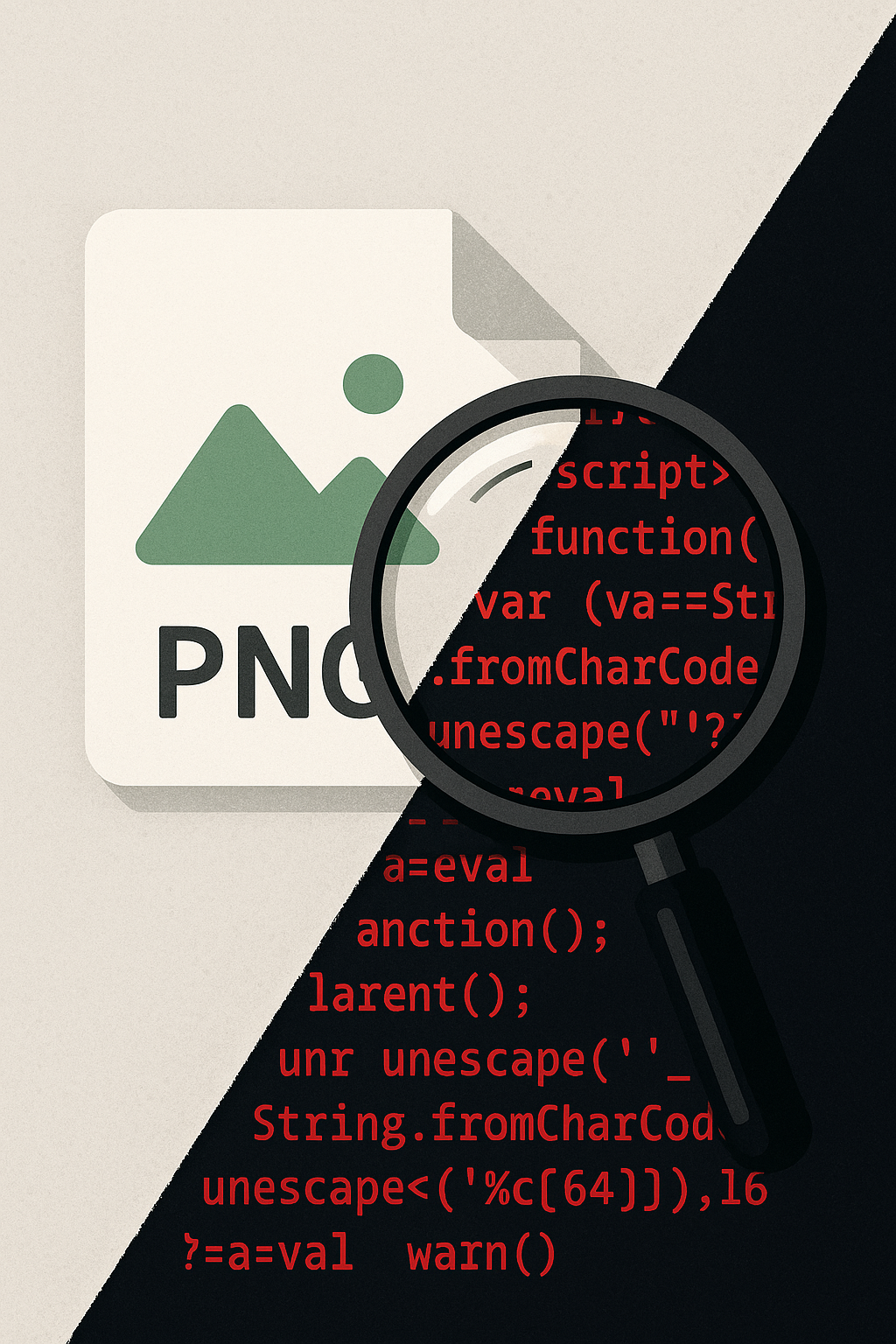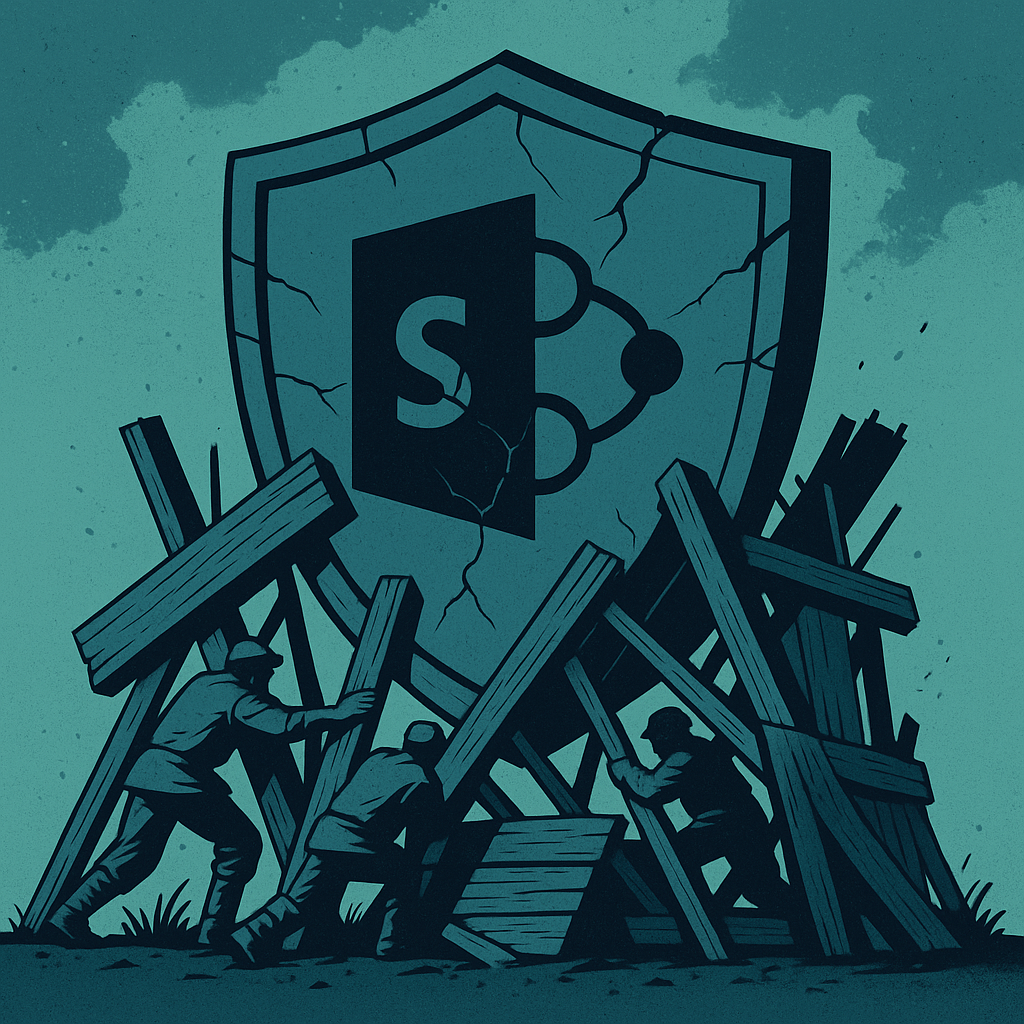By Derek OdiorneRansomware has emerged as one of the most disruptive cyber threats to businesses across all sectors, and the food and beverage industry is no exception. This type of attack can have devastating consequences, from halting production lines to compromising customer data, leading to significant financial losses and long-term reputational damage. As cybercriminals become more sophisticated in their tactics, it is critical for food and beverage companies to understand the risks associated with ransomware and take proactive steps to protect their operations.
In this blog, we will explain what ransomware is, explore its potential impact on the food and beverage industry, and outline key steps businesses can take to safeguard against ransomware attacks.
What is Ransomware and How Does It Impact the Food and Beverage Industry?
Ransomware is a type of malicious software that infiltrates a company’s network, encrypts data, and locks users out of their systems. Cybercriminals then demand a ransom, often in cryptocurrency, in exchange for restoring access to the encrypted data. The food and beverage industry, with its reliance on interconnected systems and critical operations, has increasingly become a target for these attacks. In many cases, companies face a difficult decision: pay the ransom in the hopes of regaining access to their systems or lose valuable data and endure significant downtime.
The impact of a ransomware attack on a food or beverage business can be devastating. For manufacturers and distributors, ransomware can bring production to a standstill. Production lines are often reliant on digital systems to manage everything from inventory and logistics to quality control and temperature monitoring. A ransomware attack that locks up these systems can disrupt operations for hours or even days, leading to massive financial losses. For restaurants and bars, ransomware can compromise point-of-sale (POS) systems, preventing them from processing payments and serving customers.
In addition to operational disruption, ransomware can also result in the exposure or loss of sensitive data. Many businesses in the food and beverage industry store personal and financial information related to customers, vendors, and employees. If cybercriminals access this data during an attack, businesses may face regulatory fines and legal consequences, particularly if they are found in violation of data protection laws such as the General Data Protection Regulation (GDPR) or the California Consumer Privacy Act (CCPA).
Ransomware attacks can also cause significant reputational damage. Customers trust food and beverage companies to provide not only quality products but also to protect their personal information. A successful ransomware attack can erode this trust, leading to a loss of customer loyalty and a long-term impact on business performance.
Steps to Protect Against Ransomware Attacks
Given the severe consequences of ransomware attacks, it is critical for food and beverage businesses to implement robust cybersecurity measures to prevent these incidents. By taking a proactive approach, companies can reduce their vulnerability to ransomware and ensure that they can respond quickly in the event of an attack.
The first step in protecting against ransomware is to back up critical data regularly. Maintaining secure, offsite backups ensures that even if a ransomware attack encrypts your data, you can restore it without having to pay the ransom. These backups should be disconnected from the main network to prevent cybercriminals from accessing them during an attack. Regular testing of backups is also important to confirm that they can be restored efficiently if needed.
Another key defense against ransomware is to implement multi-factor authentication (MFA) across all systems. MFA requires users to verify their identity through two or more factors, such as a password and a one-time code sent to their mobile device. By adding this extra layer of protection, businesses can make it significantly harder for attackers to gain access to systems through compromised credentials.
Keeping software and systems up to date is also critical for preventing ransomware attacks. Cybercriminals often exploit known vulnerabilities in outdated software to infiltrate networks. Regular patch management ensures that all systems, including operating systems, POS software, and production line systems, are running the latest security updates. Automating these updates where possible can reduce the risk of missing critical patches.
Employee training is one of the most effective ways to prevent ransomware from gaining a foothold in your organization. Many ransomware attacks begin with phishing emails that trick employees into downloading malware or providing access to company systems. Regular cybersecurity training can help employees recognize these tactics and avoid falling victim to phishing attempts. Training should cover best practices for email security, safe browsing habits, and reporting suspicious activity.
Network segmentation is another important strategy for limiting the spread of ransomware. By dividing your network into smaller, isolated segments, you can contain the damage of an attack if it occurs. For example, if one segment of your network is compromised, other critical systems—such as production line controls or financial data—remain protected. This makes it harder for attackers to access multiple parts of your infrastructure during a ransomware attack.
Having a strong incident response plan in place is essential for mitigating the damage of a ransomware attack. The plan should outline clear steps for isolating infected systems, communicating with stakeholders, and restoring operations. Regularly reviewing and updating your incident response plan will ensure that your team is prepared to act quickly in the event of an attack, minimizing downtime and financial losses.
Lastly, partnering with a Managed Security Service Provider (MSSP) can provide additional protection against ransomware attacks. MSSPs offer 24/7 monitoring of your network, detecting suspicious activity in real time and responding to potential threats before they escalate. They also provide expertise in threat intelligence, vulnerability management, and incident response, helping businesses stay ahead of evolving ransomware tactics.
Conclusion
Ransomware poses a significant threat to the food and beverage industry, with the potential to disrupt operations, compromise sensitive data, and cause lasting reputational damage. However, by taking proactive steps—such as implementing data backups, multi-factor authentication, and regular employee training—businesses can greatly reduce their vulnerability to ransomware attacks.
With the right security measures in place, food and beverage companies can protect their critical systems, ensure business continuity, and safeguard the trust of their customers. In an increasingly digital world, staying ahead of ransomware threats is essential for maintaining a secure and resilient operation.
iFlock's Resources:
Subscribe To Our Newsletter
Get updates and learn from the best
More To Explore


.jpeg)